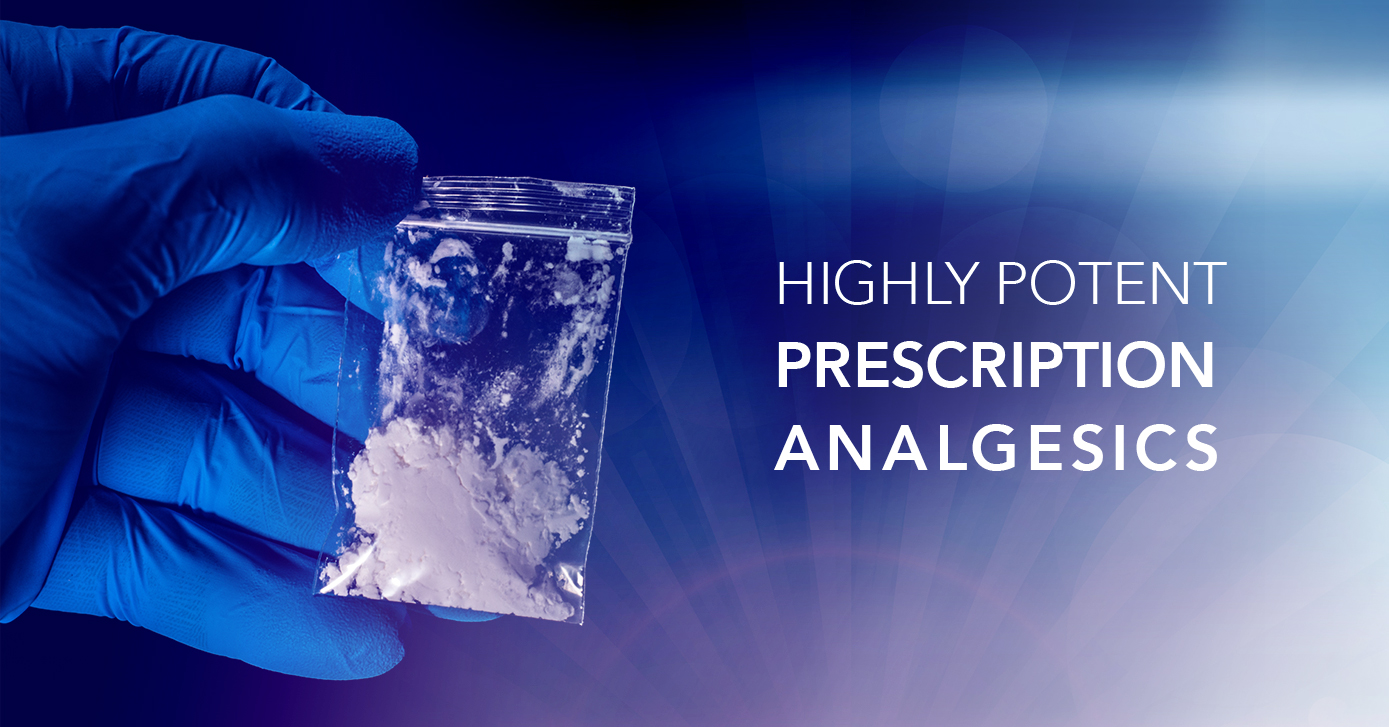
Equivalent to just three grains of salt, three milligrams of certain highly potent prescription pain killers can be lethal. For example, some synthetic opium alkaloids are potent enough to create a risk of overdose when first responders, including law enforcement, fire, rescue and emergency service personnel, are accidentally exposed. It only takes a small amount inhaled through the nose or mouth and absorbed by mucous membranes to cause severe adverse reactions.
Exposure
#1
Myth: Touching even a small amount of certain drug substances can cause overdose, coma or death.
Fact: Incidental skin exposure to certain drugs is extremely unlikely to harm you immediately.
- Potent synthetic opiates may appear as a powder, tablet, capsule or solution.
- Inhaling or transferring these substances from the skin to mucous membranes (eyes, nose or mouth) are the most common types of incidental exposure.
Do wash the affected area with soap and water as soon as possible to remove residue easily.
Don’t use alcohol-based hand sanitizers, wipes or products. They may increase the absorption of certain drugs.
#2
Myth: First responders have also overdosed after contact with an overdose victim or contaminated environment.
Fact: Most first responders’ encounters with overdose victims and contaminated environments do not present a significant drug exposure threat.
- Experts agree that routine encounters with prescription and illicit drugs do not present a significant risk of exposure.
Do ensure that all commonly used controls and protocols are followed.
- Wear appropriate personal protective equipment (PPE), especially in unusual situations such as those with higher concentrations of airborne powders and environmental contamination.
- OxiClean Versatile Stain Remover™ is recommended for use (a study proving its cleaning powers was recently published in the Journal of Forensic Sciences) in cleaning prescription analgesic spills, giving first responders another safe way to reduce or eliminate exposure.
Protection
#3
Myth: PPE cannot protect you against drug powder exposure.
Fact: When worn correctly, PPE will protect you from exposure to drug powders.
Do wear appropriate PPE for the task when exposure to drug powders is likely (PPE includes gloves, properly fitted respiratory protection and safety eyewear).
Don’t use powdered gloves as powder particulates from the gloves may absorb and spread contaminants to unintended surfaces.
#4
Myth: Standard precautions for dealing with suspicious substances do not apply to powerful prescription analgesics.
Fact: Occupational health and safety precautions regarding contact with unknown powdered substances are appropriate for most incidental encounters with both legal and illegal analgesics.
Do avoid direct contact with potential drug powders whenever possible.
- Wear appropriate PPE as required for the specific task or activity.
- Wash your hands with soap and water often and after handling suspicious substances.
- Soap and water are a useful control to reduce powder contamination.
- Use proper decontamination and notification procedures for contaminated equipment or clothing.
Don’t eat, drink or smoke after handling a suspicious substance until you have washed your hands.
#5
Myth: The safest way to identify mail, packages and other materials that contain narcotics is through drug-sniffing dogs while wearing nitrile gloves and appropriate PPE.
Fact: The safest way to positively identify suspicious materials is through forensic analysis while using the proper lab safety equipment, a filtered fume/particulate hood.
Do use the proper ductless fume hood, which can be used as a narcotics identification workstation, to reduce the highest risk of exposure. These package and mail inspection workstations meet or exceed OSHA, ANSI and other international standards and provide the best protection against the highest risk of exposure and accidental contamination.
- Ductless fume hoods are designed to eliminate by-pass leakage.
- Electronic monitoring ensures continued performance and safety.
- Provides ideal protection against exposure to particulates and fumes that can compromise personnel safety.
Don’t rely on gloves and respiratory protection (full-face air-purifying respirators) alone to protect against exposure to highly potent narcotic powders. These safe handling methods are only intended to protect against medium-risk substances.
Learn more about Narcotics Safety Recommendations and the use of Narcotics Identification Workstations for safe handling of prescription analgesics and forensic analysis.